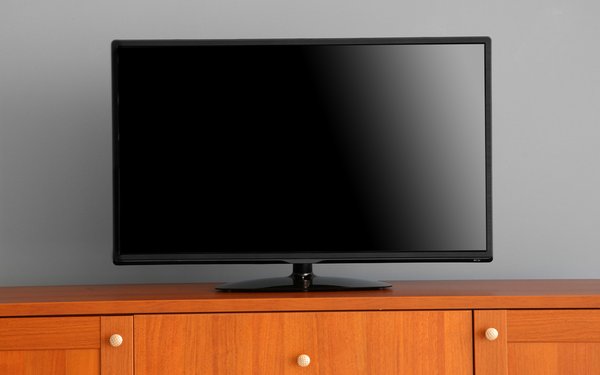
Key TV viewership losses accelerated in the second
quarter, with double-digit percentage declines for both broadcast and cable networks.
MoffettNathanson Research says Nielsen C3 viewership among 18-49 viewers in the second quarter of 2017 in
prime time sank 12% for broadcast and cable networks -- following an 8% decline in the first quarter.
Broadcast networks fared worse than cable in the second three months of this year. They
were down 15% (to 5.5 million 18-49 prime-time C3 viewers) with cable off 12% (to 21 million). The C3 metric is the average commercial minute ratings plus three days of time-shifted viewing.
“Things are playing out worse than we imagined, as the second quarter 2017 will mark a record low in prime time... [the] decline of 12% surpasses the prior weakest 1Q 2015, which was up
against a Winter Olympics compare,” writes Michael Nathanson, senior research analyst for MoffettNathanson Research.
advertisement
advertisement
NBC was the best of the worst: down 9% (to 1.39 million viewers),
while CBS lost 10% (1.25 million). ABC was down 19% (1.7 million), and Fox sank 20% (1.0 million).
Among cable networks, A+E Networks was down 5% (1.2 million prime-time C3 18-49 viewers),
while NBCUniversal slipped 6% (2.1 million). Discovery Networks was down 7% (1.7 million), while Viacom gave up 8% (2.4 million) and AMC Networks was down 9% (681,000).
Four cable network
groups are down double-digit percentages: Fox cable networks, down 10% (1.2 million); Scripps Networks Interactive, 10% lower (1.0 million); Time Warner, giving up 14% (2.7 million); and Disney-ABC,
down 15% (1.1 million).